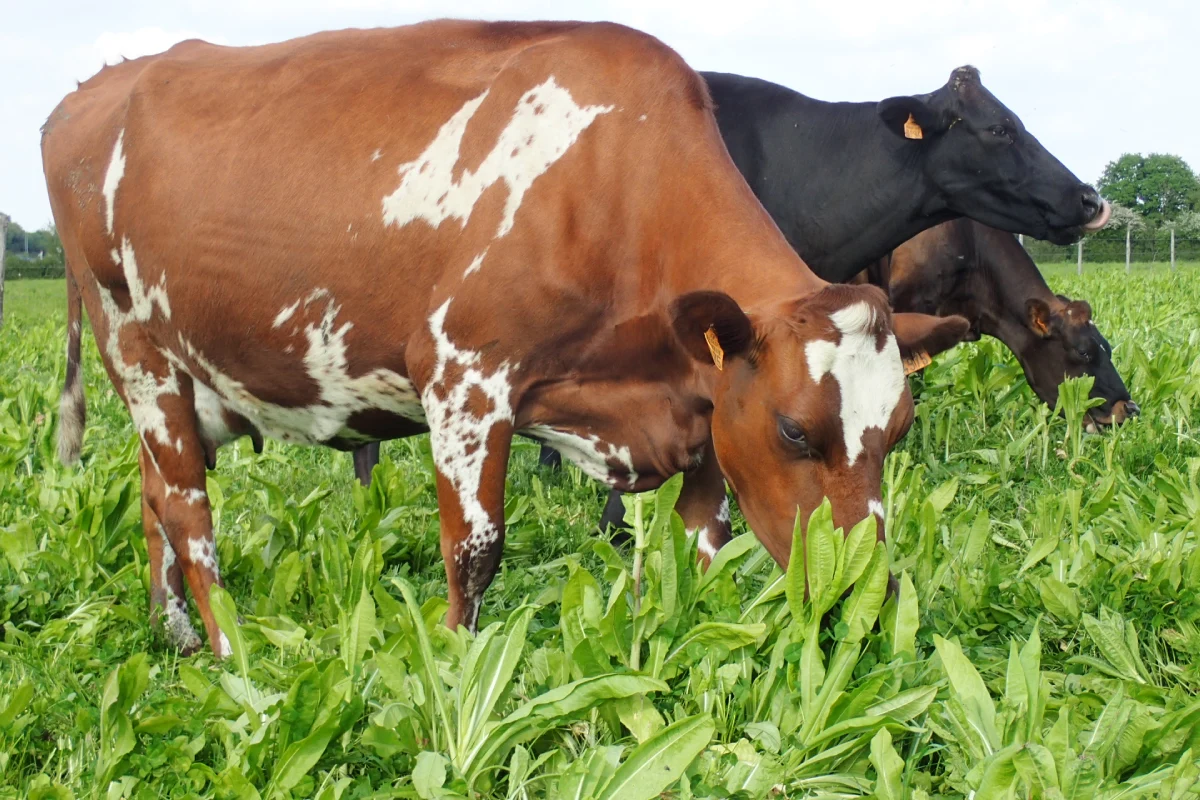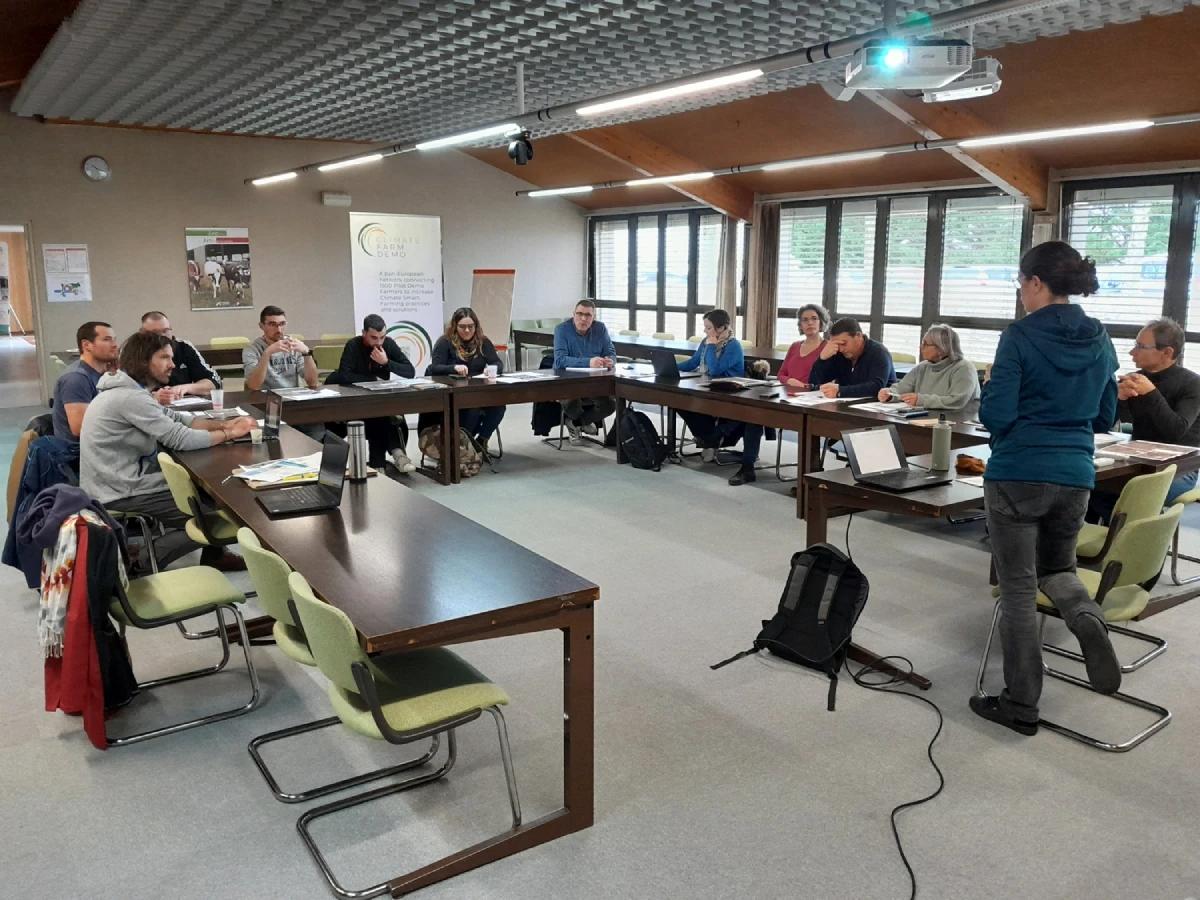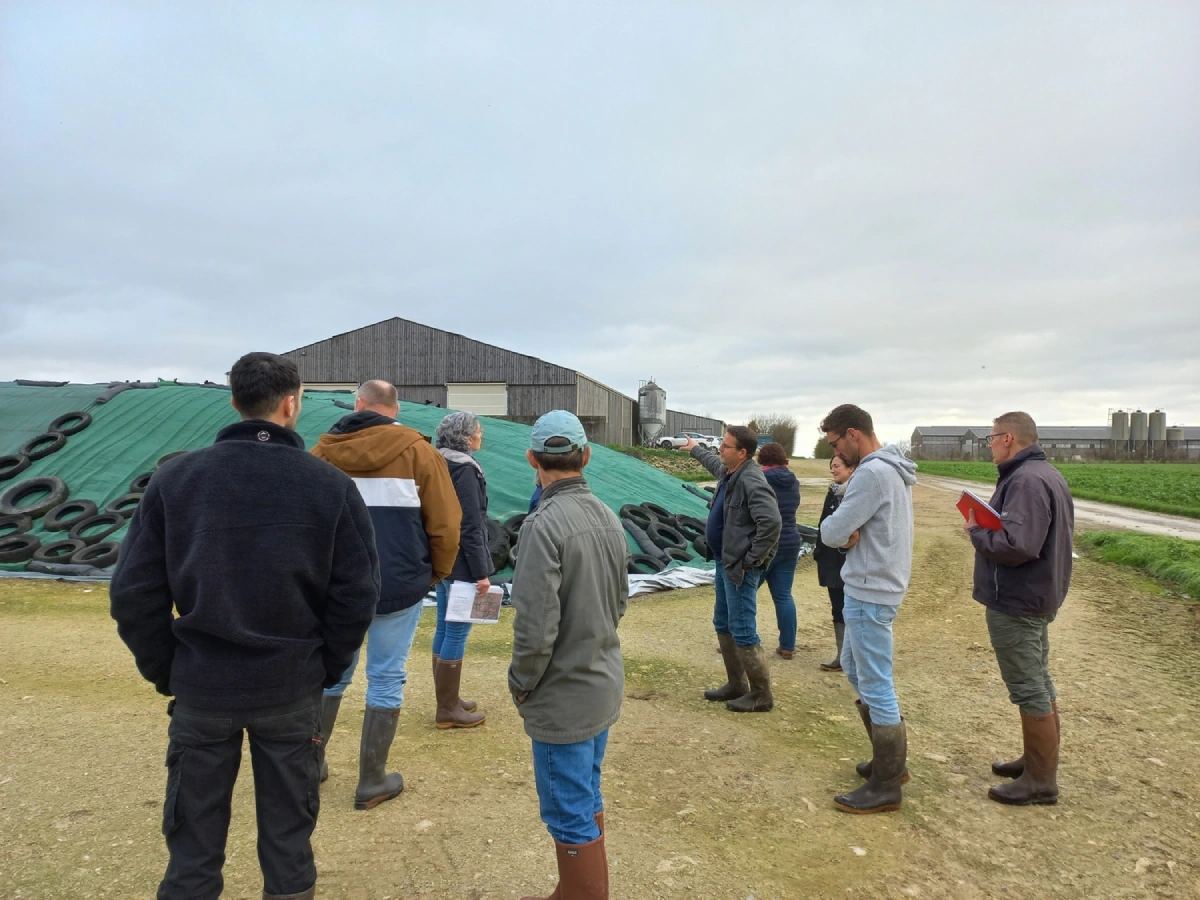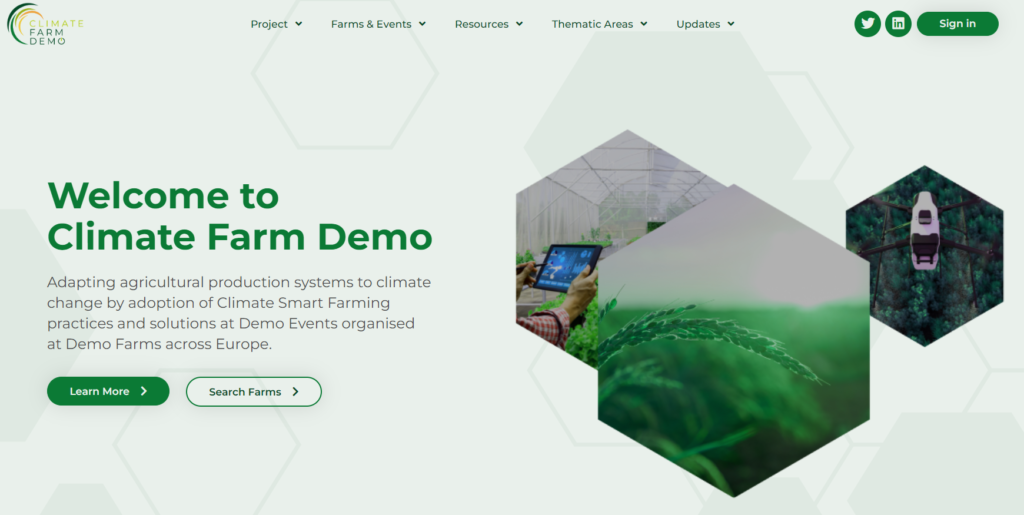Introduction
Climate change is leading to an increase in the frequency and intensity of climatic hazards, with spring and summer droughts and heatwaves in particular. This has an impact on dairy farming, in terms of fodder production, animal welfare and zootechnical performance. It also reduces groundwater recharge. Dairy farming also has an impact on the climate, whether through enteric methane emissions or energy use (directly for mechanisation or indirectly to produce inputs). It can also help mitigate climate change by sequestering carbon dioxide in grassland or tree biomass. Adapting to a drier climate requires coherent changes in forage production and dairy systems. However, implementing these changes at the scale of the production system or value chain raises challenges for farmers and the industry, particularly regarding limited irrigation water.
What were your first impressions of the Living Lab, and what were your initial expectations?
The first idea of the LL was to build on the existing dynamics around both infrastructures that are the AccéLaiR advisory network and the OasYs system experiment running on the long term within the INRAE research station. Both were already working on climate smart solutions for dairy cattle farming in Nouvelle-Aquitaine (France). Events, visits, and satellite experimentations were already occurring on these initiatives, but without planned connections and complementarities. After the first meeting and thanks to the inputs of participants, the LL was more envisioned as anchored in these two assets, but enlarged to the possibilities for following up experimental processes led within other facilities, such as the Agricultural High school farm.



Do you believe the plans set forth are realistic and achievable? Why?
As the LL dynamic is anchored in pre-existing experimentation and climate change related activities, it may benefit from their previous ideas and outcomes to launch and build collective interest in demonstrated topics, such as the forrage sources diversification and adaptation, the mixed herds and long lactation periods. Nevertheless, livestock systems, as well as the main issues and interests of the participants, are very contrasted, and building a common space for collective inquiry is not completely reached yet, even if participation and involvement was satisfying during our last events. A farmer who hosted a co-design workshop already engaged consistent changes in livestock management. These are positive indicators for the change dynamic engaged, although the plans for the LL remain ambitious as they go beyond the scale of the farm : changes at the value chain level are targeted, and engagement of more public and industrial actors. Also, the participants demographically reflect the region’s agricultural sector in terms of age and leeway or motivation to engage in structural evolutions of their structures (farms, cooperatives, etc).
Can you share some of your experiences and insights gained so far with LL and in this project in general?

Let’s start with a concrete action that the living lab members (farmers, advisers, researchers, dairy sector, teachers…) decided to implement in a dairy cattle farm of the LL, in agreement with the farmer. The aim was to conduct a co-design workshop on his farm with a view to adapting it to climate change, while taking account of his constraints. His farm was selected because it is representative of the region. The meeting took place over one day, in the morning in the meeting room, and in the afternoon on the farm. The morning session began with the farmer presenting his farm. We then divided the participants into three sub-groups. Each group had to complete a “surprise report” on the situation presented, and then list ideas for adaptations. Following the feedback from the sub-groups, the farmer identified a number of levers to explore, but for which he is encountering technical barriers: reducing the age of calving and integrating a greater diversity of forages. We chose to focus the farm visit on these two themes. The afternoon was devoted to observations on the farm: participants had the possibility to observe and assess the situation according to their own criteria and viewpoints. And at the end of the day, we bring back all the observations to discuss the possible practical changes. This workshop enabled the farmer to realise the inconsistency of rearing a lot of heifers and having them calve late, and the impact on forage autonomy (and GHG emissions). He gained the confidence to reduce the age at calving and, following the workshop, he put heifers to stud earlier and reviewed his rations to improve their growth.
More generally, the first year of this LL functioning progressively let us test and confirm a possible organisation of the various activities according to our multiscalar goals. Not all actors will be willing to attend and embrace all the collective discussions and works, and this was at first conceived as a hindrance to effectively addressing complex issues with a more holistic approach. Conversely, we now organised the activities with two main tracks of activities: one is dedicated to farm scale diagnoses, workshops, and experimentation practices; another is dedicated to the value network and institutional changes levels, and the building of innovations that will synergistically bend with changes led within the first track. Both tracks will have their specific events, in addition to general meetings to build connections.


